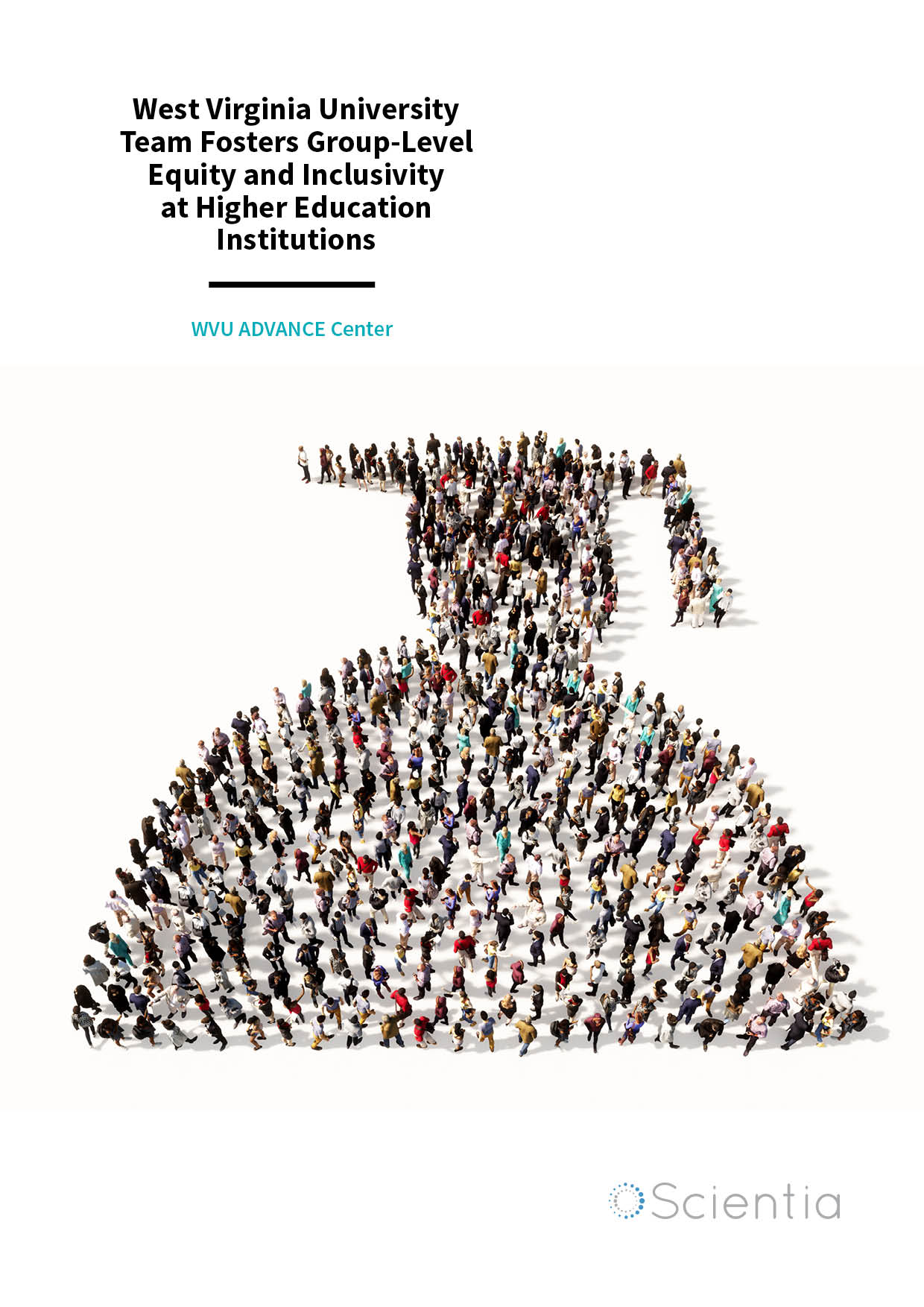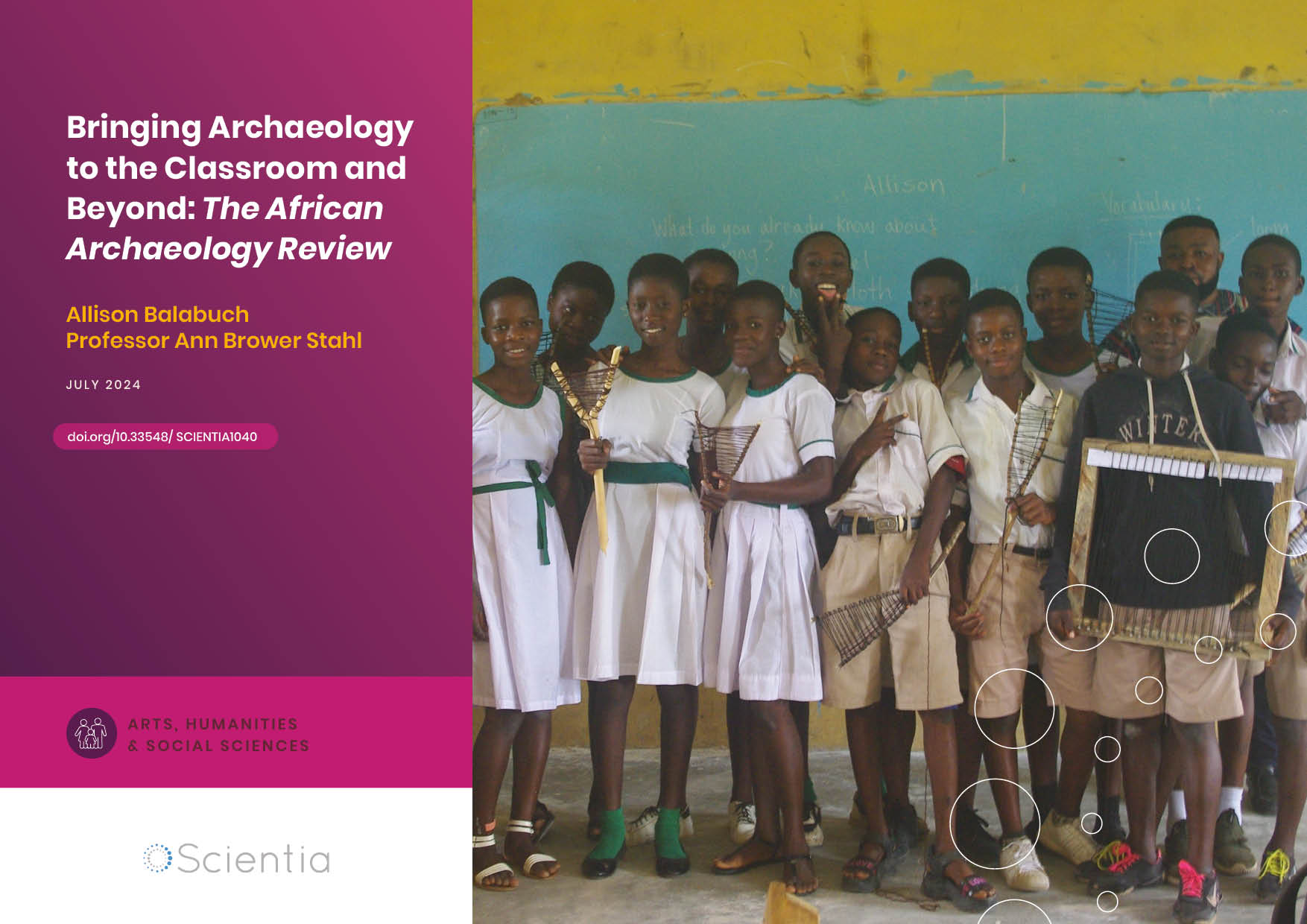Dr Babita Agrawal – Targeting the Immune System to Our Advantage
The rise of pandemic-causing viruses is a worrying development arising as a by-product of our hugely connected world, and scientists must forge new paths to tackle these diseases. With researchers like Dr Babita Agrawal from the University of Alberta at the helm, we can hope to enter a new era of preventatives and therapeutics to help us fight disease. Dr Agrawal and her team are investigating novel vaccines and immunotherapeutics for influenza, Hepatitis C, tuberculosis, and even cancer.
Understanding Immunity
Immunity is a complicated phenomenon, encompassing the multitude of ways organisms can resist infection. Adaptive immunity is induced by both natural exposure to a pathogen and artificial exposure via vaccination, and it enables our bodies to become highly proficient disease-fighting machines. With the rise of antimicrobial resistance, novel vaccination strategies are an increasingly important way to optimise our own immunity and shift the focus from treatment to prevention.
Identifying the ways in which pathogens can trigger an immune response is a key element of vaccination strategies. This requires a strong understanding of the biochemical make-up of pathogens as well as of our immune system and how it becomes activated. With this knowledge, we can more effectively target viral diseases like influenza, Hepatitis C (HCV), and tuberculosis, which affect millions of people each year. Indeed, other global killers like cancer and autoimmune diseases can also benefit from our evolving knowledge of immunity as we develop therapeutics that can help when the immune system malfunctions.
Dr Agrawal and her team from the University of Alberta, Canada, are doing just that. Focussing on three specific projects, she hopes to improve our understanding of how the immune system can be targeted and harnessed to help us develop new therapeutics. These projects are investigating heterologous immunity and vaccination, subunit viral vaccines, and the role of T-cell modulation in chronic disease.

Heterologous Immunity
The concept of heterologous immunity is of particular interest to Dr Agrawal. This is the ability of a vaccine to induce immunity not just against its intended target but also against a pathogen for which it was not intended. The concept can be traced all the way back to the first vaccine discovered by Edward Jenner. He noticed that milkmaids were much less susceptible to smallpox because they were contracting cowpox, a virus in the same family. Over the course of his research, he was able to develop the cowpox virus into a vaccine which successfully conferred protection against smallpox as well.
The principal is fairly simple – protein sequences on the surface of one virus, like cowpox, engage our immune system to produce specific antibodies against it. Because the protein sequences on the surface of smallpox are similar enough, the antibodies against cowpox will recognise and attack the smallpox virus too. The antibodies are described as being cross-reactive. In addition to similarities between pathogens, T cells and antibodies in our body demonstrate significant plasticity in recognising their targets and contribute to heterologous immunity. The smallpox vaccine was developed to become more and more effective until the global vaccination program in the mid 20th century was able to achieve total eradication. Interestingly, scientists also observed a downward trend in other diseases like measles and scarlet fever.
Dr Agrawal believes that the smallpox vaccine might have been inducing heterologous immunity against other pathogens. Physiologically, it would be desirable for our immune systems to be able to respond quickly to a wide range of pathogens, which might explain why antibodies and T cells can recognise more than just their intended target. Indeed, no human is immunologically naïve due to the near constant encounters with microbes both from our environment and within our own microbiome, giving us a library of immune cells which could cross-react with novel pathogens.
It remains difficult to accurately identify just what is at play when it comes to vaccine-related heterologous immunity. However, epidemiological studies of populations have revealed that it may be more prolific than we thought and could be aiding the prevention more than just the diseases people are vaccinated against.

Illustration of T Cells
In a recent study, Dr Agrawal and her team identified similar protein sequences in the hepatitis C virus and adenovirus, suggesting the possibility of immune cross-reactivity. Their studies further demonstrated robust cross-reactive immunity between HCV and adenovirus. These original studies were recommended by F1000 Prime in 2016. By studying the mechanisms by which adenoviruses can induce a level of immunity to HCV she intends to find out whether this could be exploited clinically. Moreover, adenoviruses are a ubiquitous cold-causing pathogen and their high prevalence in our lives may have a subtle impact on HCV infection in populations. This is something Dr Agrawal is committed to studying further.
Adenoviruses are also a popular viral tool used by scientists due to the ease with which they can be modified which makes them unable to cause disease while maintaining their protein sequences. Because of this, they have widespread use as vectors for other vaccines and Dr Agrawal also considers the possibility that cross-reactivity induced by vaccination regimes may impact the prevalence of HCV infection as a by-product.
While heterologous immunity may be advantageous in increasing the repertoire of pathogens that we are protected against, the potentially harmful effects must also be considered before we try to make use of it. These include the possibility of antibodies cross-reacting with proteins on our own cells, causing autoimmune disorders, and a phenomenon known as antibody-dependent enhancement, where antibodies against a pathogen end up doing more harm than good. If we want to utilise the possible benefits of heterologous immunity, we must also identify the ways in which it could go wrong.

Fighting Microbial (or Mini) Giants
Dr Agrawal’s second arm of research concerns the development of subunit vaccines for influenza and tuberculosis (TB). TB is incredibly difficult to treat due to its widespread drug resistance and eradication is hampered because the only available vaccine, the Bacillus Calmette-Guérin (or BCG) vaccine is lacking in efficacy. Subunit vaccines take the protein sequences which trigger immunity and deliver them on their own, reducing side effects which come with using a whole-killed pathogen and being much easier to produce.
What Dr Agrawal and her team found was that a sequence within a TB protein called ESAT-6 was capable of engaging the immune system and enhancing its ability to respond to TB. This concept of ‘boosting’ the immune system is a common practice which is generally completed before vaccination to improve the immunity induced by it. Interestingly, this research demonstrated that administering the ESAT-6 sequence as a subunit vaccine after both BCG vaccination and TB infection was more effective in helping immune cells to clear it.
Dr Agrawal suggests that this may ‘re-educate’ the protective immunity brought on by BCG vaccination. Currently, her team is exploring ways to broaden this immune response even more by incorporating other sequences from TB.
Building on her knowledge of viral proteins, Dr Agrawal wanted to go a step further and find out if the influenza virus possesses a common sequence between all strains which can be made highly immunogenic, allowing for a universal vaccine to be developed. Due to the ability of the influenza virus to constantly change the proteins it expresses on its surface, we currently implement seasonal vaccines which change each year, depending on which strain is most prevalent. Using a conserved sequence between all influenza strains would enable a single flu vaccine to be developed.

A Helping Hand
Dr Agrawal’s final research focus is on how the immune system is regulated. Breakthroughs in immunology have revealed the essential role of T-cells in maintaining immune homeostasis and an effective immune response. To prevent autoimmunity, there are several checkpoints newly born T-cells need to pass which make sure that they are tolerant of the self and prevent ongoing tissue damage during inflammation. Researchers have identified modulator molecules, some of which act as stop signals, inhibiting the action of T-cells, and others which stimulate them.
The latter drugs have huge potential for application in cancer and some chronic infections, where the immune system’s attempts to fight malignancy are thwarted. Stimulating the immune system with immunotherapy has been an important part of cancer therapeutics since its discovery, and in 1998 Dr Agrawal contributed significantly to the field with her discovery of a novel T-cell regulator, MUC1.
MUC1 is a protein known to be present on many tumour cells, but Dr Agrawal and her team made the serendipitous discovery that it is also present on activated T-cells. T-cells play many roles in immunity, including killing pathogens, and directing and controlling the immune response. By uncovering the ways that T-cells regulate the immune response we can better understand how it works and why it might go wrong.
Diseases like cancer as well as autoimmunity can be caused by a dysregulation of T-cell activity. Tumour cells are able to present inhibitory signals to T-cells, preventing them from doing their job. In autoimmunity, the tightly regulated checkpoints can fail, resulting in the generation of T-cells which mistakenly target and kill healthy cells. For both these conditions and many more, Dr Agrawal believes that MUC1 could be a valuable target for novel immunotherapeutics to restore the activity of T-cells to normal.
Dr Agrawal’s research continues to focus on the interactions between the immune system and pathogens and how we can develop novel therapeutics to finetune this for our benefit. Looking to the future, Dr Agrawal hopes to lead the way in the development of novel vaccination strategies, preventatives, and immunotherapeutics for some of the world’s most notorious diseases, with a particular focus on finding a universal influenza vaccine and a therapeutic vaccine for TB.
Reference
https://doi.org/10.33548/SCIENTIA591
Meet the researcher

Dr Babita Agrawal
Department of Surgery
Faculty of Medicine and Dentistry
University of Alberta
Edmonton
Canada
Dr Babita Agrawal graduated from Allahabad University, India, in 1987 with an MSc In Biochemistry and went on to earn her PhD in Immunology from the University of Alberta, Canada, in 1993. She joined a major Canadian biotech company in 1996, receiving an award for outstanding achievement in research and development, before returning to the University of Alberta faculty as an Assistant Professor in 2001. Her widely acclaimed research focuses on immune regulation and novel vaccine strategies, paving the way for a better understanding of the immune system. She is the recipient of a Medical Scholar Award and a Senior Scholar Award from the Alberta Heritage Foundation for Medical Research (AHFMR), Dean’s award from the Faculty of Medicine and Dentistry, University of Alberta, and has served as a scientific expert in grant panels for the National Institutes of Health (NIH), USA and Canadian Institutes of Health Research (CIHR).
CONTACT
W: https://www.ualberta.ca/medicine/about/people/details.html?n=babita-agrawal
CURRENT FUNDING
2019–2023, 2020–2025: Canadian Institutes of Health Research Project Grants
2019–2020: Natural Science and Engineering Research Council (NSERC) Discovery Grant
Further Reading
S Singh, SK Yanow, B Agrawal, Editorial: Heterologous Immunity: Implications and Applications in Vaccines and Immunotherapies, Frontiers in Immunology, 2020, 11, 1408.
B Agrawal, New therapeutic targets for cancer: the interplay between immune and metabolic checkpoints and gut microbiota, Clinical and Translational Medicine, 2019, 8(1), 23.
B Agrawal, Heterologous Immunity: Role in Natural and Vaccine-Induced Resistance to Infections, Frontiers in Immunology, 2019, 10, 2631.
N Gupta, S Garg, S Vedi, et al., Future Path Toward TB Vaccine Development: Boosting BCG or Re-educating by a New Subunit Vaccine, Frontiers in Immunology, 2018, 9, 2371.
N Gupta, R Kumar, B Agrawal, New Players in immunity to Tuberculosis: The Host Microbiome, Lung epithelium, and innate immune Cells, Frontiers in Immunology, 2018, 9, 709.
B Agrawal, N Gupta, JD Konowalchuk, MUC1 Mucin: A Putative Regulatory (Checkpoint) Molecule of T Cells, Frontiers in Immunology, 2018, 9, 2391
B Agrawal, S Singh, N Gupta, et al., Unsolved Puzzles Surrounding HCV Immunity: Heterologous Immunity Adds Another Dimension, International Journal of Molecular Sciences, 2017, 18, 1626.
N Gupta, S Vedi, D Kunimoto, et al., Novel lipopeptides of ESAT-6 induce strong protective immunity against Mycobacterium tuberculosis: Routes of immunization and TLR agonists critically impact vaccine’s efficacy, Vaccine, 2016, 34(46), 5677–5688.
Singh S, Vedi S, Samrat SK, et al., Heterologous Immunity between Adenoviruses and Hepatitis C Virus: A New Paradigm in HCV Immunity and Vaccines, PLoS ONE, 2016,11(1), e0146404.

Want to republish our articles?
We encourage all formats of sharing and republishing of our articles. Whether you want to host on your website, publication or blog, we welcome this. Find out more
Creative Commons Licence
(CC BY 4.0)
This work is licensed under a Creative Commons Attribution 4.0 International License. 
What does this mean?
Share: You can copy and redistribute the material in any medium or format
Adapt: You can change, and build upon the material for any purpose, even commercially.
Credit: You must give appropriate credit, provide a link to the license, and indicate if changes were made.
More articles you may like
Dr Ralf Adam | New Technologies Shaping the Future of Oral Hygiene
Understanding the efficiency of various toothbrush technologies is essential for achieving optimal oral health. Dr Ralf Adam, who leads a dedicated team at Procter & Gamble in Germany, is keen to investigate the complexities of these technologies. His team have provided new insights into the best toothbrush types for plaque removal and the maintenance of gum health. By highlighting the importance of informed oral care decisions and ongoing investigations, this vital research works towards ensuring everyone can achieve a brighter, healthier smile.
WVU ADVANCE Center | West Virginia University Team Fosters Group-Level Equity and Inclusivity at Higher Education Institutions
Despite ongoing efforts to broaden participation in the academy, many groups remain underrepresented. More needs to be done to ensure that all faculty and students succeed in institutions of higher education. The WVU ADVANCE Center is an academic hub at West Virginia University, which provides services, events, mentorship opportunities, and other initiatives that promote the sense of belonging that leads to thriving faculty and students.
Dr Olalla Castro-Alvaredo | Measuring Entanglement: Symmetry-Resolved Entropy
Dr Olalla Castro-Alvaredo of the City University of London (UK) and her collaborators are advancing our understanding of an important phenomenon of quantum mechanical systems known as entanglement and, especially, its mathematical measures. Symmetry-resolved entanglement entropy is one such measure. Their study focuses on special quantum states which are excited with respect to a ground state. The research shows how the entanglement amongst quantum particles can be measured and assesses the contribution to the entanglement of quasiparticle excitations, particularly in the presence of additional symmetries.
Allison Balabuch – Professor Ann Brower Stahl | Bringing Archaeology to the Classroom and Beyond: The African Archaeology Review
The African Archaeology Review (AAR) journal recently celebrated its 40th anniversary. To mark this occasion, a special issue was compiled with an innovative theme: Archaeology for Education. To achieve this, the AAR editorial team assembled a group of academic researchers in archaeology with the proposition of writing articles collaboratively with educators that would make their research centred on Africa’s rich pasts accessible for use in school learning. The goal is to change the stories we tell about Africa both within and outside the continent.




